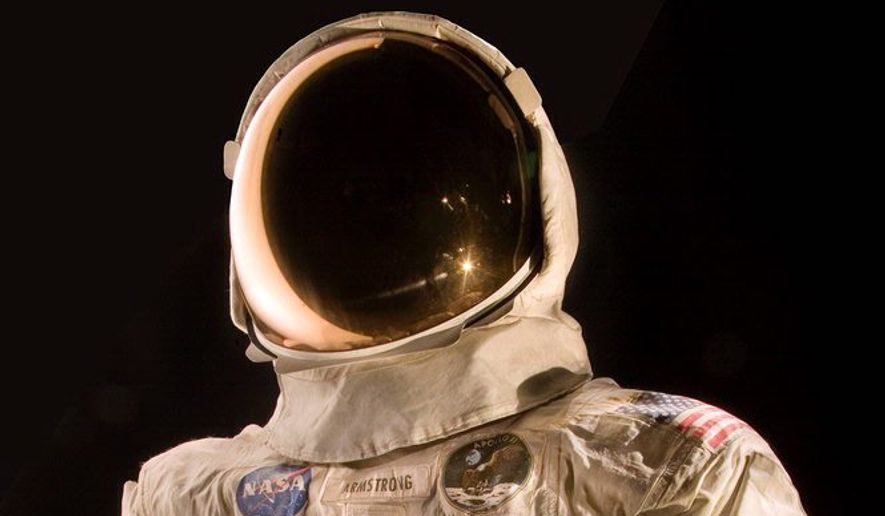Neil Armstrong’s spacesuit was specially constructed to take him to the moon and back in 1969 — not to sit on display in a museum for 50 years.
But after more than a decade of restoration, the suit worn by the first man to walk on the moon is returning to the Smithsonian’s National Air and Space Museum.
Armstrong’s suit has not been in the public view for 13 years. It was pulled from the museum’s Apollo exhibit in 2006 because of noticeable deterioration.
“The materials themselves were not designed to last forever,” said Cathy Lewis, a spacesuit curator at the museum. “I guess that’s the big objective of the 21st century: How do we bring back all these synthetic materials and make them last much longer than anyone thought?”
Ms. Lewis and a team of curators researched how to restore and maintain the materials NASA used, and the suit is now ready to return temporarily for display in the museum on July 16 for the 50th anniversary of the first moon landing.
“We have an entirely different audience now,” Ms. Lewis said. “We have an audience who, not only were they not born, it’s likely their parents were not born during the Apollo program.”
The museum raised $719,779 from a 2015 online Kickstarter crowdfunding campaign to cover the cost of restoring Armstrong’s suit and the suit of Alan Shepard, the first American in space.
Although it may not look like it on the outside, Armstrong’s suit is complex and fragile, Ms. Lewis said.
The 21 layers of materials include airtight-seal zippers, a rubber pressure layer, the primary life support system and ports built inside in case the astronaut needed to use the bathroom. Its layers were designed to protect the astronaut from solar and cosmic radiation that Earth’s atmosphere and magnetosphere filter out, as well as from tiny meteors that could puncture the suit.
“Designing the suit, cutting out the pieces and sewing it together, building it and having it ready for launch day was not quite as straightforward,” Ms. Lewis said.
The Apollo 11 suits were redesigned many times up until 14 days before the launch, Ms. Lewis said. The curators made three-dimensional scans to be able to take the suit apart to study the layers and see the patchworks where parts were moved in the 1960s.
Part of this restoration is making the suit look like new. Over the years, the suit became faded and stained in areas and lunar dust was embedded into the fabric, Ms. Lewis said.
“We’re taking this opportunity to apply this new knowledge onto this very special object,” she said.
Ms. Lewis said she is “awe-inspired” to work on an object that has so much historical significance. Throughout the restoration, she has been in contact with people who built the suit. They are still proud of their work 50 years later, she said.
“It’s humbling. You’re not only preserving the work of a historic artifact, but you’re also preserving the work of many individuals,” Ms. Lewis said.
Armstrong’s suit will sit inside a state-of-the-art, temperature controlled case on the second floor of the National Air and Space Museum alongside another aviation first: the Wright brothers’ 1903 Flyer.
The suit will move to a permanent home at the museum’s updated Apollo exhibit, “Destination Moon,” which is scheduled to open in 2022.




Please read our comment policy before commenting.